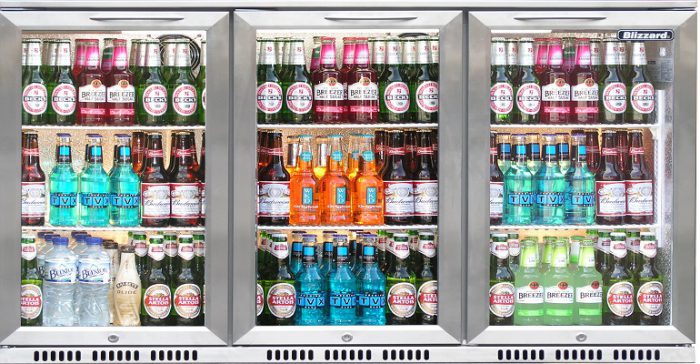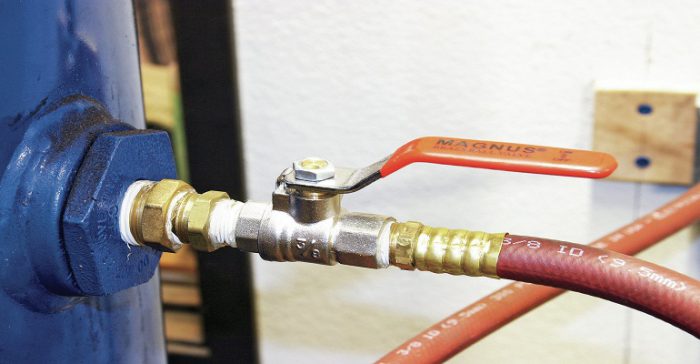Natural Refrigerant Solutions are Booming in Japan
Bryan Kilgore, ERS, for Zondits Natural refrigerant solutions are booming in Japan. The number of transcritical CO2 systems installed in convenience stores and supermarkets has grown to over 2,400 installations – up from 190 in 2014. Japanese companies such as Panasonic, Sanden, and Mitsubishi Heavy Industries have developed and installed CO2 systems with outdoor condensing … Read more




